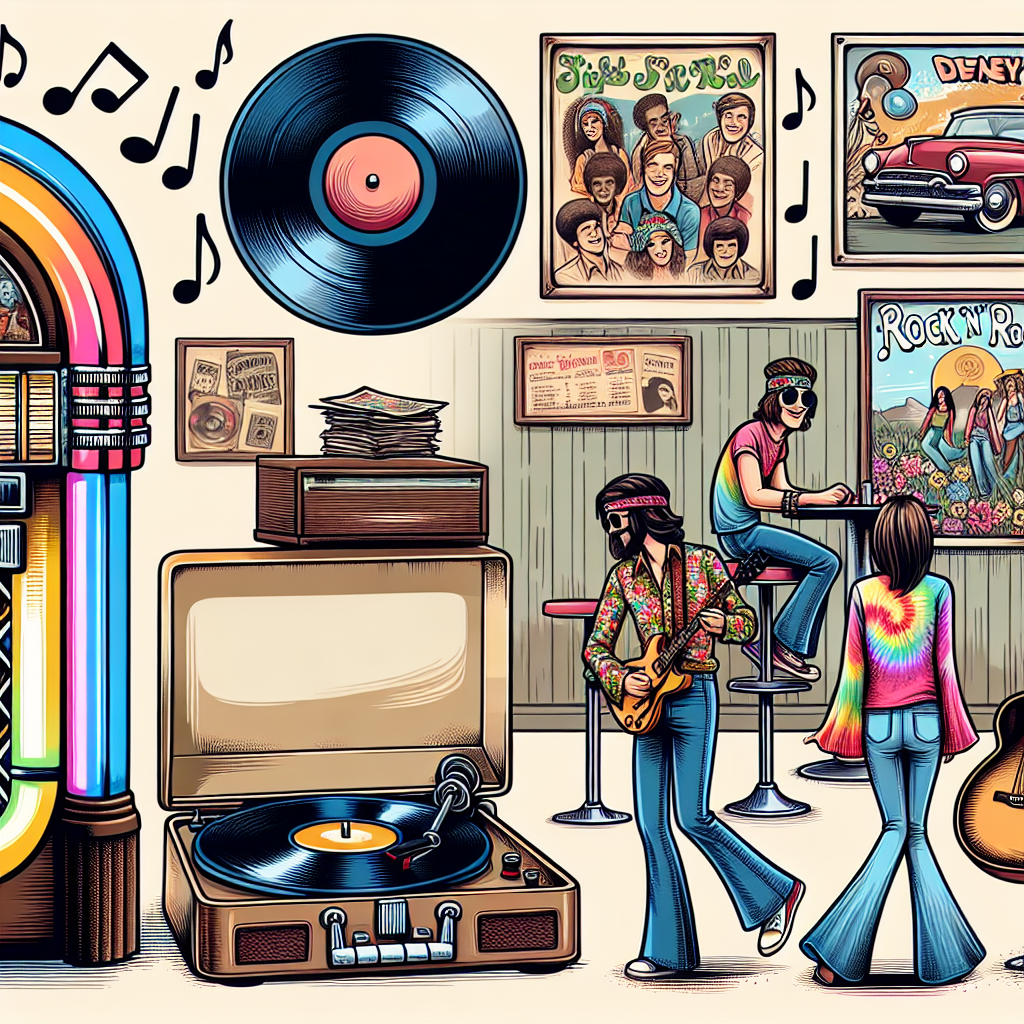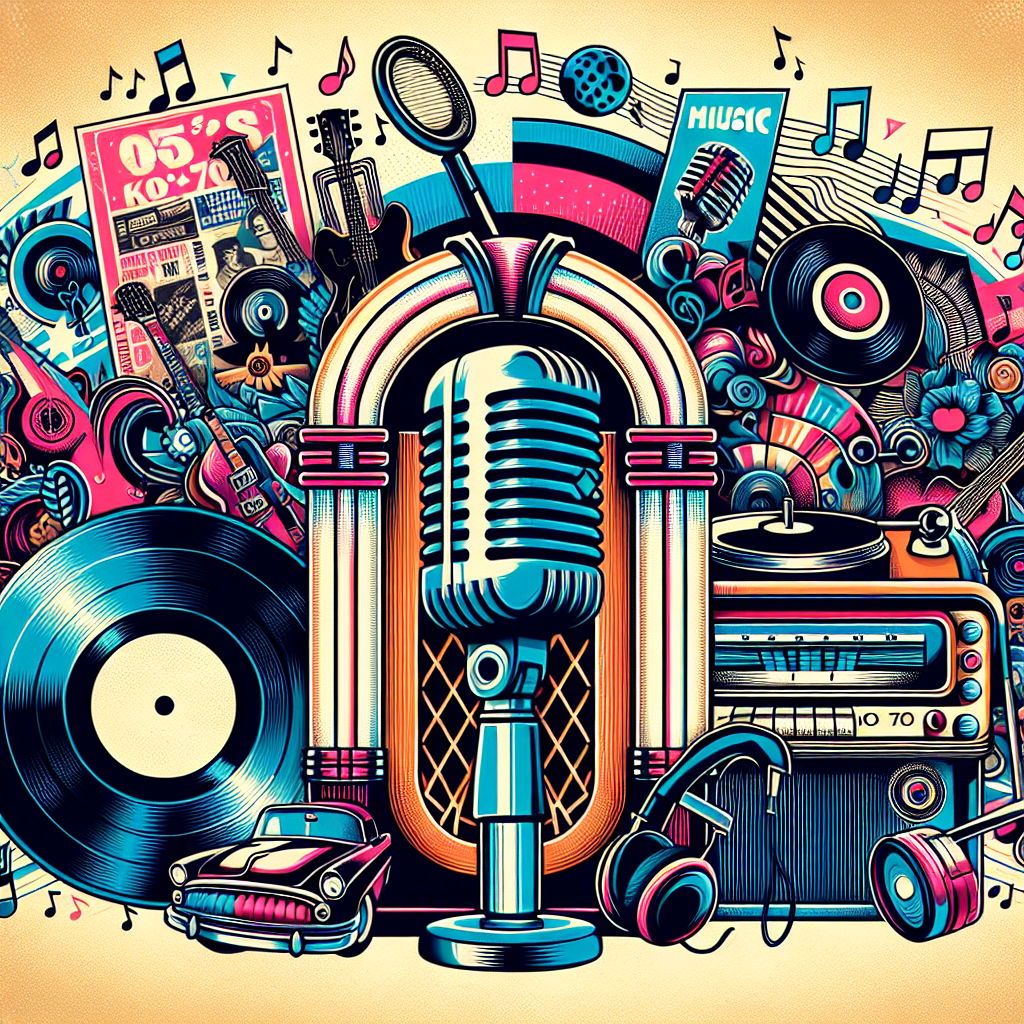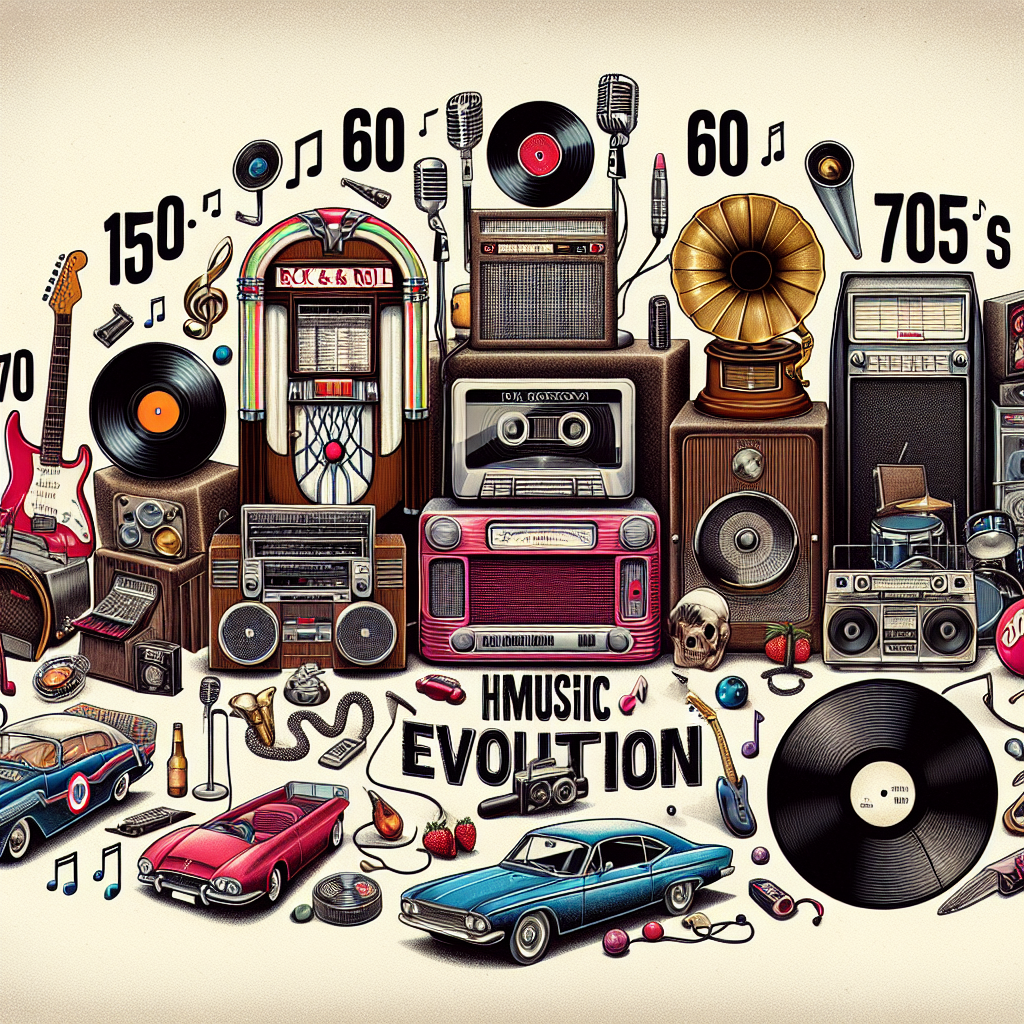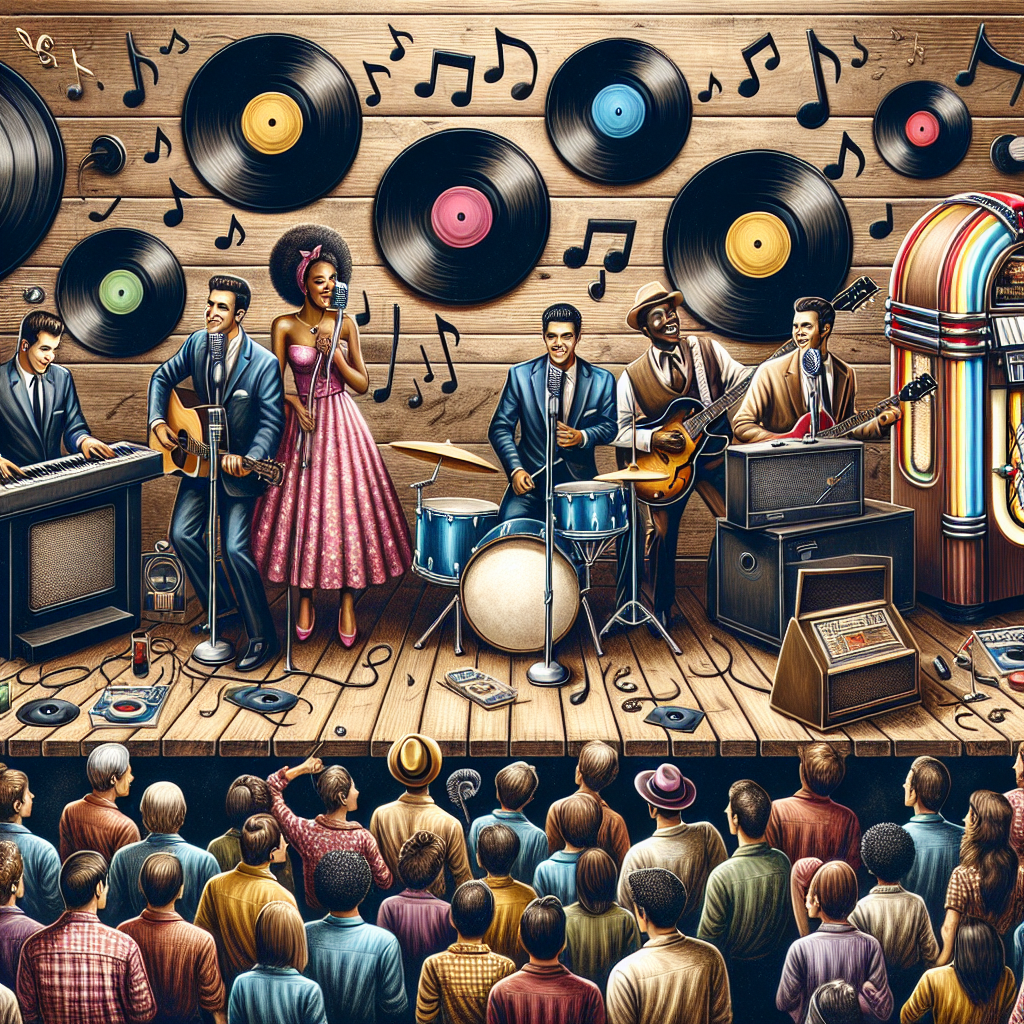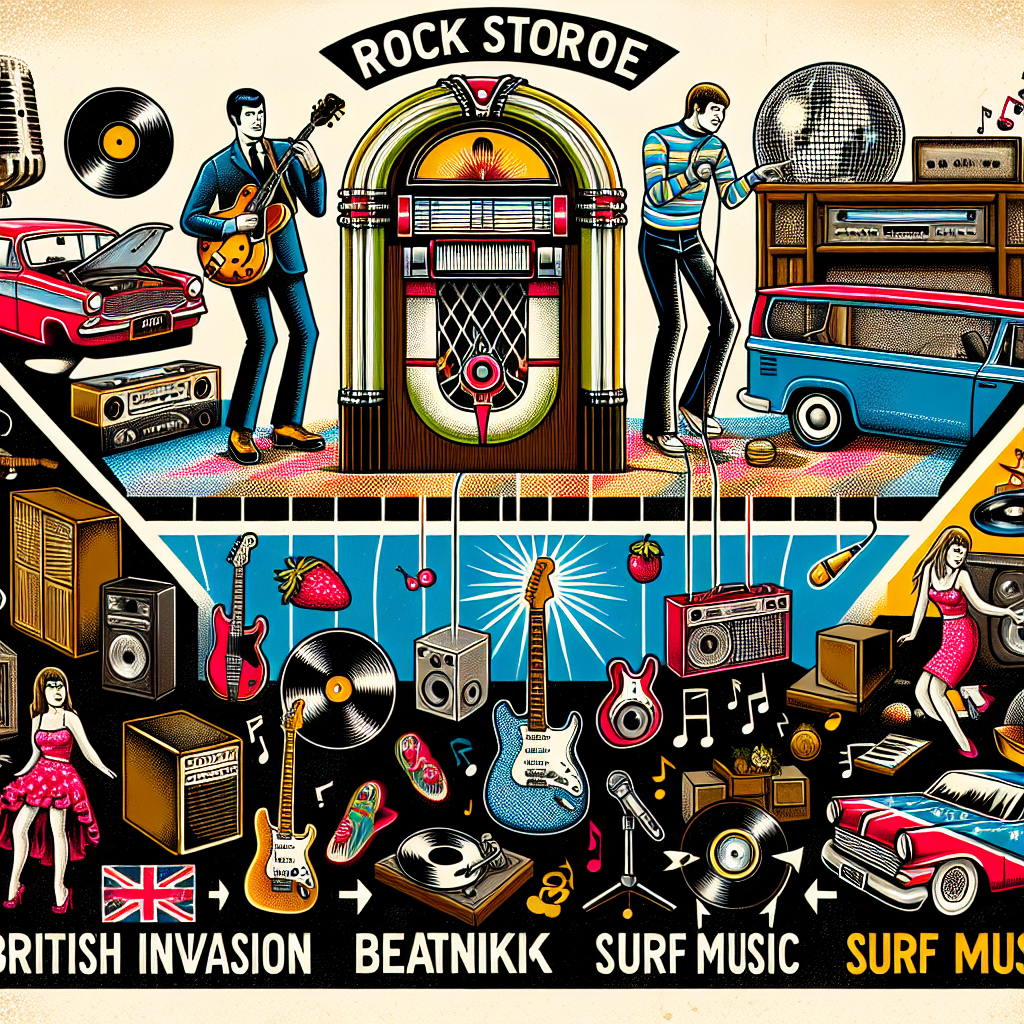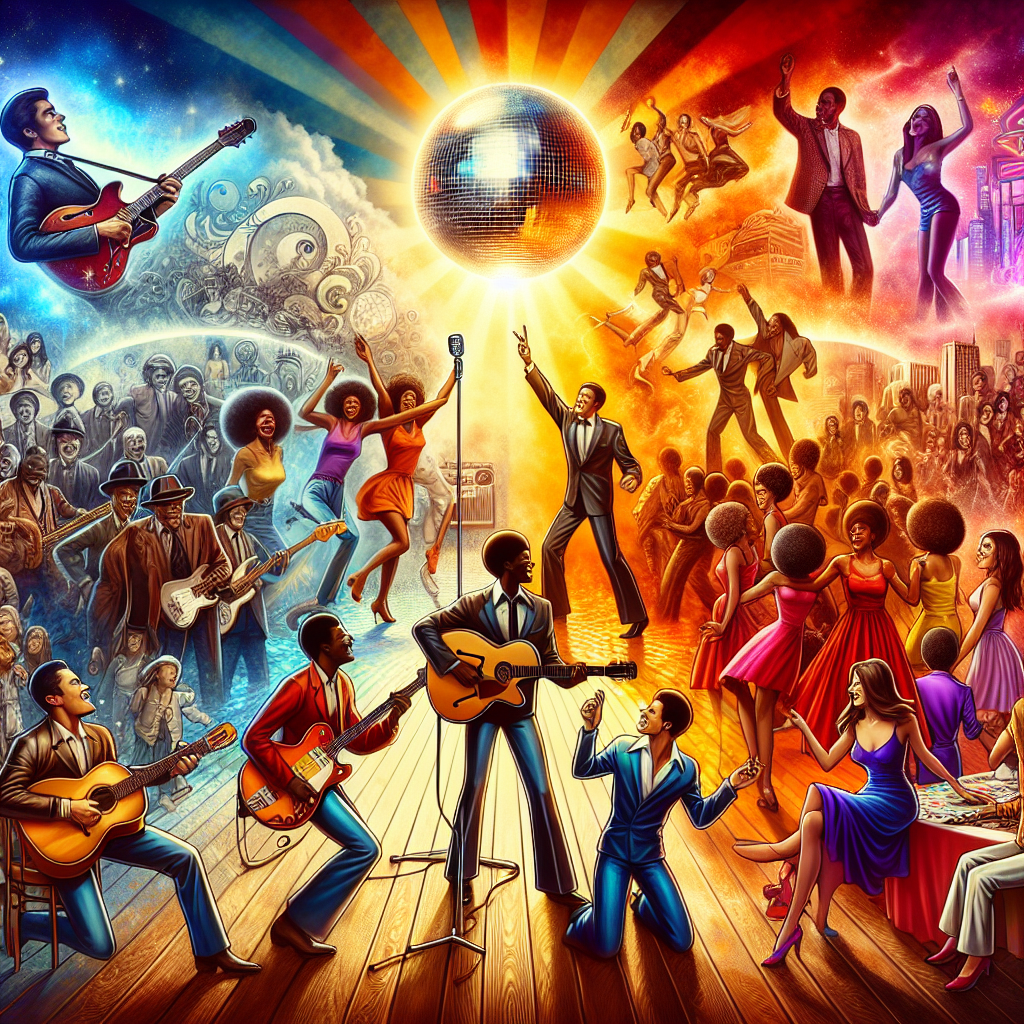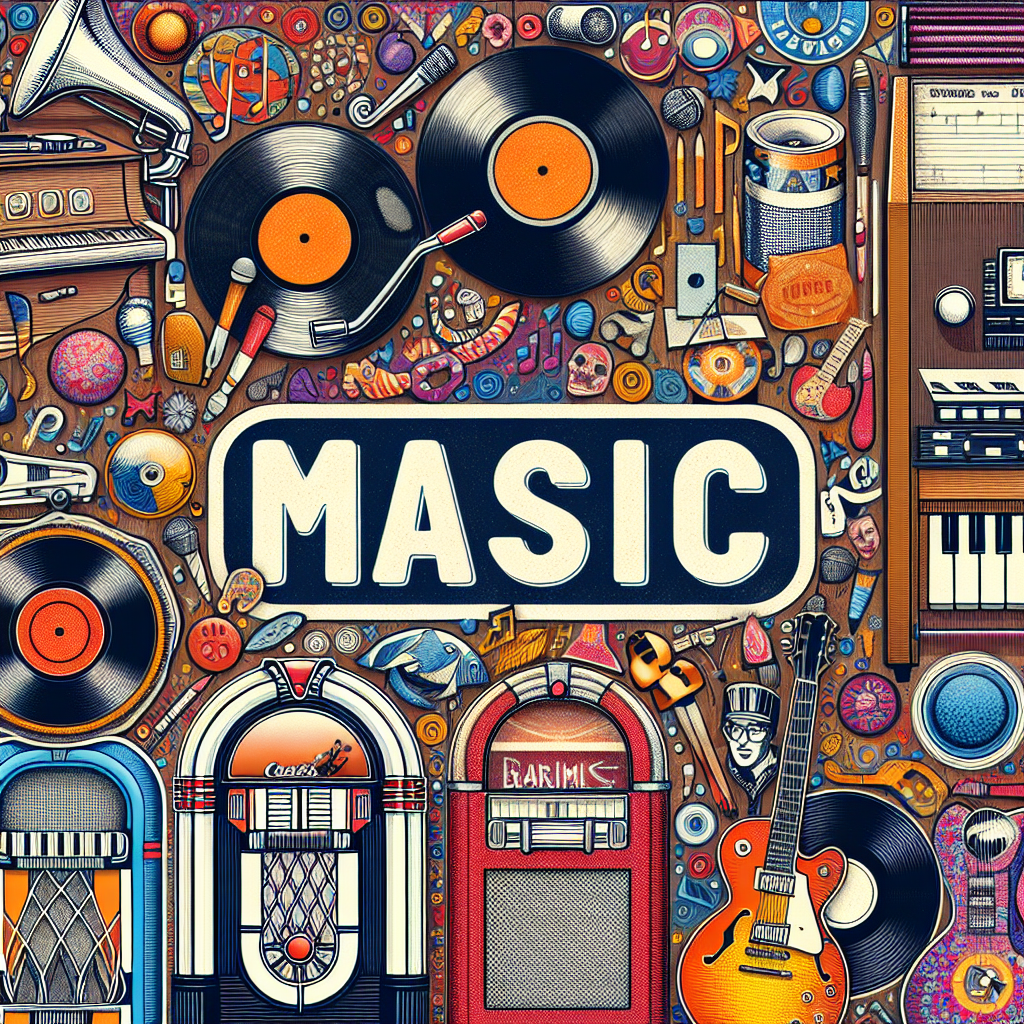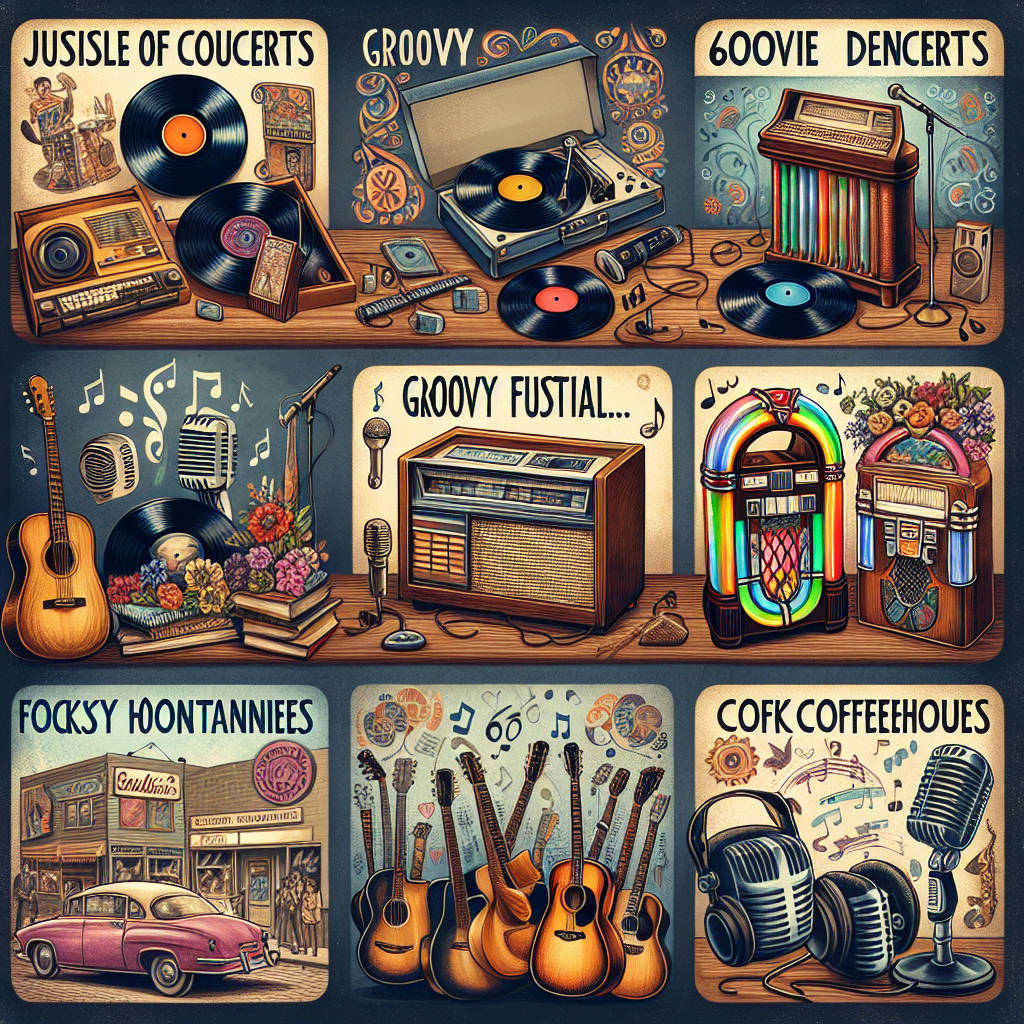Music has always been a powerful force in shaping culture and defining generations. The 50’s, 60’s, and 70’s were decades filled with iconic songs that not only entertained audiences but also reflected the social and political climate of the time. From rock and roll to Motown, these decades produced some of the most memorable tunes that continue to resonate with listeners today.
The 1950s
The 1950s marked a period of post-war prosperity and cultural change in America. Rock and roll emerged as a new genre that captured the spirit of rebellion and freedom among young people. Artists like Elvis Presley, Chuck Berry, and Little Richard became household names with their energetic performances and catchy tunes.
Songs like “Rock Around the Clock” by Bill Haley & His Comets and “Johnny B. Goode” by Chuck Berry became anthems for a generation looking to break free from societal norms. These songs not only defined the sound of the 50’s but also paved the way for future generations of musicians.
The 1960s
The 1960s were a time of great social upheaval and change. The civil rights movement, anti-war protests, and women’s liberation all played out against a backdrop of iconic music that captured the mood of the era. Bands like The Beatles, The Rolling Stones, and The Beach Boys dominated the airwaves with their infectious melodies and thought-provoking lyrics.
Songs like “A Change is Gonna Come” by Sam Cooke and “Blowin’ in the Wind” by Bob Dylan became anthems for activists fighting for equality and justice. These songs not only reflected the turbulent times but also inspired a generation to stand up for what they believed in.
The 1970s
The 1970s brought about a new wave of music that blended rock, funk, disco, and soul into an eclectic mix of sounds. Artists like Led Zeppelin, Stevie Wonder, and Donna Summer pushed boundaries with their innovative styles and experimental approaches to music.
Songs like “Stairway to Heaven” by Led Zeppelin and “Superstition” by Stevie Wonder became instant classics that defined the sound of the decade. These songs not only showcased the diversity of musical talent during this time but also set the stage for future genres to emerge.
Music Transcends Time
While each decade had its own unique sound and style, one thing remains constant – music has the power to transcend time and connect people from different backgrounds. The iconic songs of the 50’s, 60’s, and 70’s continue to be celebrated today for their influence on culture, politics, fashion, technology – everything really!
As we look back on these decades with nostalgia and appreciation for the music that defined them, let us remember that music has always been a unifying force that brings people together in times of joy or sorrow. So let’s crank up those oldies but goodies on our playlists and relive some of those iconic moments that shaped our lives!
